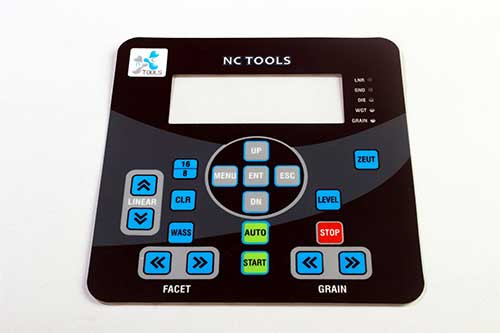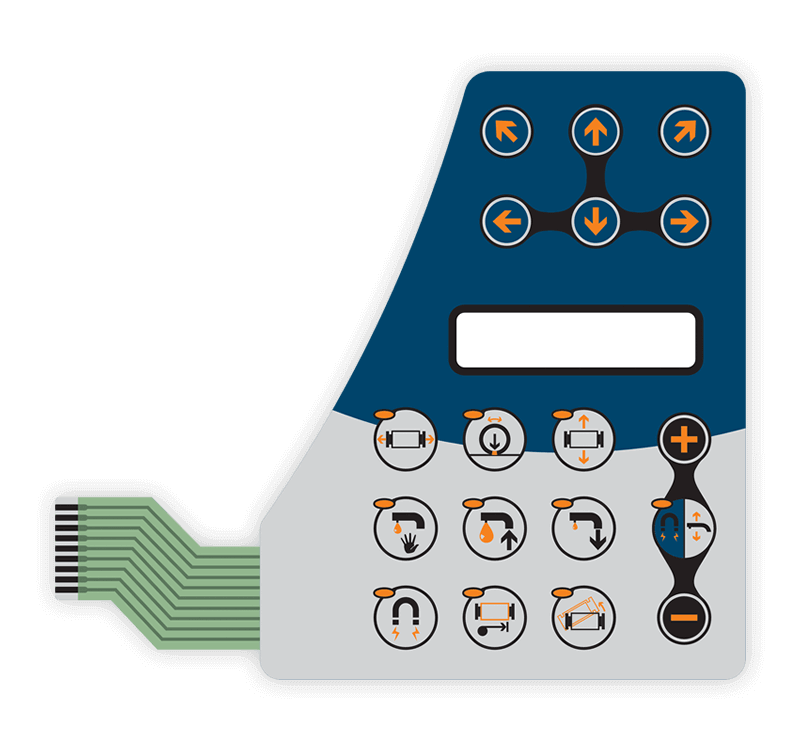Major Industries That Depend on Graphic Overlays for Branding and Usability
Major Industries That Depend on Graphic Overlays for Branding and Usability
Blog Article
Comprehending Exactly How Graphic Overlays Work to Improve Your Imaginative Jobs
Graphic overlays serve as a pivotal element in the world of innovative jobs, improving both aesthetic communication and audience engagement. The effective integration of these overlays calls for careful consideration of style principles and purposes.
What Are Graphic Overlays?
Graphic overlays are visual elements that are put on top of a base picture or interface to enhance interaction and individual experience. They serve numerous objectives, consisting of supplying extra details, assisting customer communication, and enhancing visual allure. Common applications of visuals overlays can be located in digital interfaces, advertising and marketing, and instructional materials.

Graphic overlays are commonly developed using style software application, permitting developers to control dimension, color, and openness to attain the wanted impact. They can be fixed or vibrant, with computer animations that draw the visitor's eye and boost involvement. The critical use visuals overlays not just improves aesthetic power structure however also aids in delivering a clear and meaningful message. As such, comprehending just how to successfully apply visuals overlays is essential for designers intending to boost their creative projects.

Advantages of Using Graphic Overlays
Using visuals overlays can considerably improve the efficiency of aesthetic interaction throughout different tools. One of the key advantages is the capacity to share intricate information succinctly. By layering graphics, message, and pictures, overlays help with the presentation of data in a more absorbable layout, making it much easier for target markets to realize key ideas rapidly.
Moreover, visuals overlays can boost visual allure, accentuating specific aspects within a design. This is particularly useful in marketing and advertising, where capturing the audience's passion is critical. The tactical usage of colors, shapes, and typography in overlays can develop a cohesive and engaging aesthetic narrative, enhancing brand name recognition.
Furthermore, visuals overlays offer versatility in design. They permit designers to adapt web content for various systems without going back to square one, ensuring consistency across various networks. This flexibility is important in today's electronic landscape, where material should be maximized for diverse tools and formats.
Kinds Of Graphic Overlays
When considering the different types of graphic overlays, it is vital to recognize their varied applications across various sectors. Graphic overlays can be categorized mostly right into 3 kinds: functional, attractive, and informational.
Functional overlays are designed to improve the usability of an item. Frequently discovered in digital tools, these overlays commonly give responsive responses via elevated buttons or distinctive surfaces, boosting individual communication. They can additionally offer as a safety layer, protecting the underlying parts from wear and tear.
Attractive overlays concentrate on visual improvement, allowing brands to express their identification with vibrant designs and custom graphics. These overlays are prevalent in packaging, marketing, and point-of-sale products, where aesthetic appeal is critical for bring in customers.
Informational overlays, on the other hand, are used to communicate crucial information or guidelines. They can be seen in applications such as signs, individual handbooks, and educational graphics, where clearness and readability are vital.
Each kind of visuals overlay offers an unique function, adding to the general efficiency of innovative projects while attending to particular needs within different sectors. Comprehending these differences is important for choosing the best overlay for click for more your job.
Best Practices for Execution
To make certain the successful implementation of graphic overlays, it is vital to develop a clear understanding of the task's purposes and the details needs of the end-users. Begin by carrying out extensive research study to identify the target audience and their preferences, as this will certainly inform layout selections and functionality.
Following, create a thorough plan that lays out the overlay's combination, design, and function process. This plan must include interface factors to consider, ensuring that overlays enhance as opposed to obstruct the user experience - Graphic Overlays. Keep and think about the aesthetic power structure uniformity in style elements, such as shade typefaces, icons, and plans, to promote brand coherence
Checking is essential; gather feedback from a depictive sample of users to identify prospective issues and areas for improvement. Repeat on the style based upon individual input and performance data. Additionally, make sure compatibility throughout numerous gadgets and systems to maximize access.
Devices for Creating Overlays
Developing effective visuals overlays needs the right devices to convert design concepts into useful applications. Various software and systems are available, each customized to specific needs and skill degrees.
Adobe Photoshop and Illustrator are sector criteria, providing considerable abilities for developing and controling overlays. These devices give advanced features such as layer management, mixing modes, and vector graphics, making it possible for developers to develop complex and top quality overlays.
For those seeking an extra easy to use method, Canva and Figma are excellent alternatives (Graphic Overlays). Canva's user-friendly user interface allows customers to develop overlays promptly using pre-designed templates, while Figma assists in collaborative style in real-time, making it suitable for teams
In addition, open-source alternatives like GIMP and Inkscape give durable performances without the associated expenses of exclusive software. These tools enable flexibility in layout and can fit various data formats, great site making certain compatibility throughout various systems.

Final Thought
In final thought, visuals overlays offer as effective devices for improving innovative jobs by providing aesthetic quality, aesthetic appeal, and brand consistency. By understanding the fundamental principles and advantages linked with visuals overlays, designers can considerably enhance the quality and effectiveness of their visual communications.
Graphic overlays serve as a pivotal component in the world of find out this here innovative jobs, enhancing both visual interaction and target market engagement.Graphic overlays are often developed making use of design software application, permitting designers to manipulate shade, dimension, and openness to achieve the desired impact.Moreover, graphic overlays can increase visual appeal, drawing focus to particular aspects within a style.In addition, visuals overlays offer versatility in design.In final thought, visuals overlays serve as powerful tools for boosting innovative projects by offering visual clarity, visual charm, and brand name uniformity.
Report this page